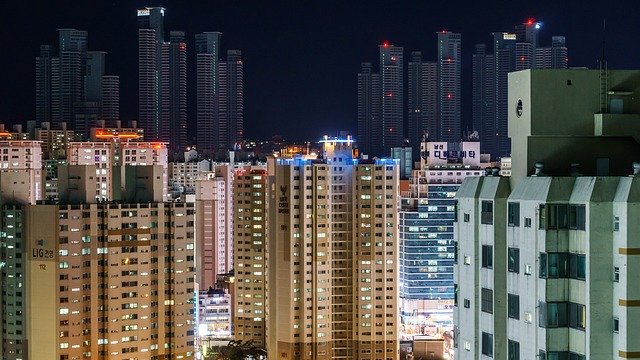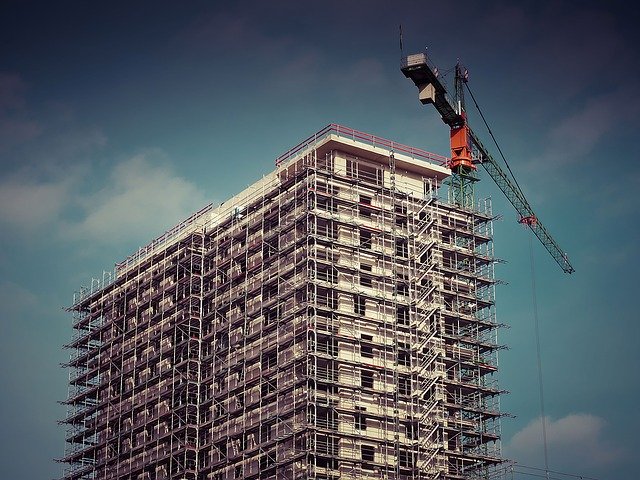The American Dream has been reshaped and redefined over the years, morphing from a yearning for freedom to a desire for land to aspirations of homeownership. It is the last of those upon which we have most often fixated since the mid-20th Century: What better dream than to have a place of your own? That has been the Holy Grail, the line of demarcation between prosperity and paucity.
But now there are signs the dream is changing again, that because of various factors — the economic strains facing Millennials, an aging population and the appeal of urban areas — homeownership does not hold the allure it once did while renting has become increasingly appealing. In July 2019, in fact, the occupancy rate in multifamily properties across the nation reached 96.2 percent, its highest since 2000. (The rate slipped only slightly by year’s end, to 95.8 percent; in Chicago, the respective rates for Class A and Class B properties stood at 94.9 percent and 94.8 percent.)
Millennials are the biggest drivers of this trend, as they are cautious investors, slower to marry than previous generations and (as much as anything else) overburdened by student debt: Between them, they owe a staggering $1.5 trillion, or approximately $33,000 a person.
As of 2016, just one in three Millennials owned homes, compared to half of Baby Boomers and half of Generation Xers at a similar age. Moreover, surveys show that between 12 percent and 24 percent of Millennials have little or no intention of ever owning their own digs.
Yet that only begins to tell the tale. The other significant part of the equation is that Empty Nesters are showing an increasing preference for multifamily living. Between 2007 and 2017 there was a 38 percent increase in the number of people between the ages of 55 and 64 who rented, the largest spike of any age group in that time span.
The result is that between 2005 and 2016, renters comprised 91 percent of all new households, and currently occupy 87 percent of the apartments in multifamily properties.
Some of the Nesters’ reasons for renting are the same as those of Millennials: They want such things as convenience, walkability and the cultural vibrancy cities offer. They also want some of the same amenities, like fitness centers, common areas, and green spaces.
But the older group is also seeking certain age-specific bells and whistles, like handrails in the shower, top-grade lighting or non-skid flooring. And property owners, aware of the wealth, stability and reliability of such renters, can be expected to accommodate them. Consider a 12-story apartment building called Centrum, in the Chicago suburb of Evanston. When it opened in 2017, one-third of the 101 units were rented to those between the ages of 50 and 65.
More to follow, there and everywhere else. It is expected that by 2030, 21 percent of the American population will be 65 or older, up from 15 percent in 2014 — already an all-time high. Those in that age cohort will have specific needs, obviously. And they continue to have their own idea of what the American Dream should look like in this day and age.





